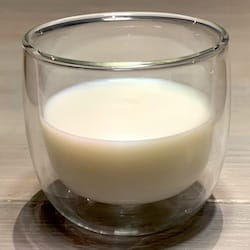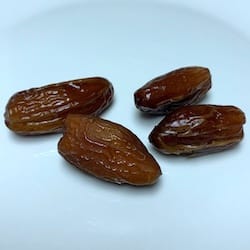Terms and Conditions
USE OF THIS SITE IS A CONTRACT
By using this site, whether as a registered user or non-registered visitor, whether on your behalf or on behalf of another entity, you (referred to as "you", "user" or "visitor") are entering into a binding agreement with the provider of this service ("I" or "me"). If you disagree or do not understand the following Terms, you are not permitted to use the site.
INFORMATION DISCLAIMER
The information provided on this site is sourced from recommendations of reputable organizations such as the Food and Agriculture Organization (FAO), World Health Organization (WHO), and other respected nutritional sources. However, certain content may draw upon recent medical research and may include personal subjective experiences and self-reported niche information. It is not intended as a substitute for individualized professional advice, diagnosis, or treatment. Always seek the advice of your physician or other qualified health provider with any questions you may have regarding a medical condition. If you choose to follow any advice provided on this site, you acknowledge that you do so voluntarily and at your own risk. You agree not to hold me responsible for any part of this site's content or resulting situations thereof.
FREE SERVICE
All information on this site is provided at no cost to you. I aim to offer helpful and accurate content related to nutrition, but I make no guarantees regarding the accuracy, completeness, or suitability of the information provided.
TECHNICAL
I do not take responsibility for any technical issues with the site, including but not limited to login difficulties, data loss, or interruptions in service. You are encouraged to report any technical issues, and I will strive to address them promptly.
CONDUCT
You are expected to engage in respectful behavior when interacting with the site, including commenting. Any form of hacking, injecting code, or other malicious activities is strictly prohibited and will be reported.
LIABILITY DISCLAIMER
I disclaim any liability for the use or interpretation of information on this site. Users and visitors use the information at their own risk. I am not responsible for any direct, indirect, incidental, consequential, or punitive damages arising out of the user's access to or use of the site.
PRIVACY POLICY
I do not share or sell any user information. Users have the right to create accounts without providing their real first and last names. The email address is required solely for the purpose of signing in, user verification when restoring access in the event of a forgotten password, and in case communication between me and user is needed. All information stored in my website's database is intended for individual and sole user use. Aggregate data may be utilized for my own analysis to enhance and provide a more useful service. My site stores these cookies on user machines, for the exclusive purposes of security and user comfort:
- ckCsrfToken (Cross-Key Cross-Site Request Forgery token for security; valid while the user is logged in)
- id (Session ID for security; valid while the user is logged in)
- lang (user language preference to prevent repetitive user tasks; valid for 30 days)
MODIFICATION
I reserve the right to modify these Terms at any time. You are responsible for regularly reviewing these Terms, no less frequently than once every 14 days. Continued use of the site after 14 days of modifications constitutes acceptance of the updated terms.
EFFECTIVE JANUARY 2024
These Terms are in effect as of January 1, 2024. The Privacy Policy is an integral part of these Terms.






